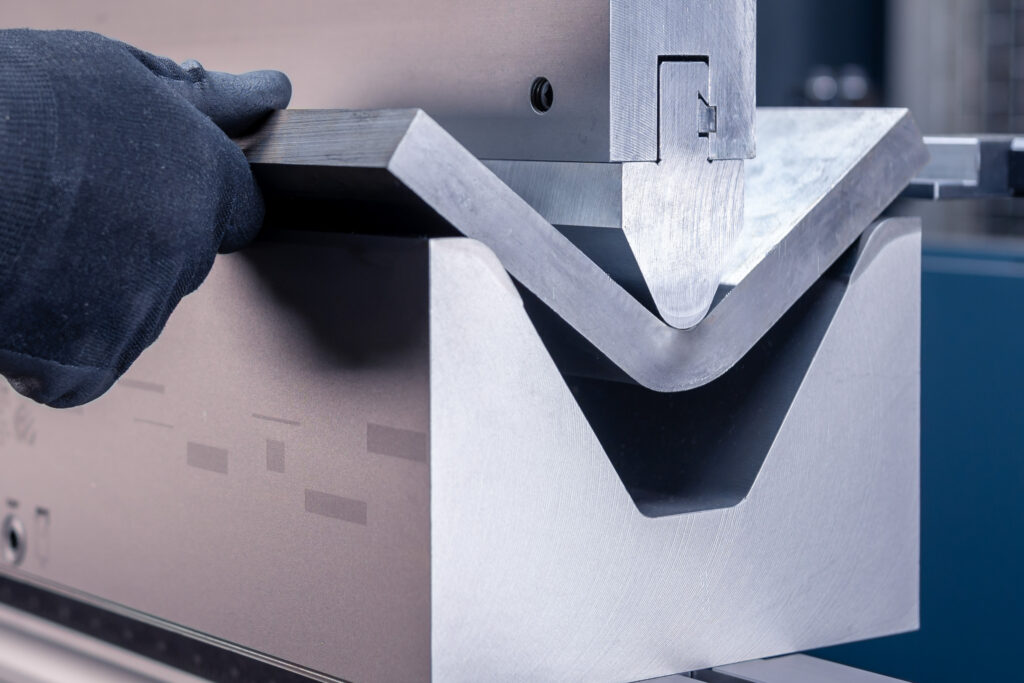Discover Smooth Bends With Accurate Sheet Metal Bend Radius
Achieving precise and smooth bends in sheet metal is a hallmark of quality craftsmanship. The sheet metal bend radius plays a pivotal role in shaping durability, strength, and overall appearance. By understanding and applying the correct bend radius, fabricators can ensure flawless results every time.
Why Sheet Metal Bend Radius Matters
The bend radius refers to the internal curve of a bend in sheet metal. Maintaining a consistent sheet metal bend radius ensures uniformity across production batches and prevents material fatigue. Selecting the right radius is crucial for several reasons:
- Structural Integrity: A proper bend radius prevents cracks, splits, and weakening along the bend line.
- Consistent Appearance: Smooth curves enhance the aesthetic appeal of the finished product.
- Ease of Fabrication: Correct radius reduces stress on tools and materials, allowing for efficient production.
Key Factors to Consider
When determining the ideal bend radius, several elements should be evaluated:
- Material Type: Different metals like aluminum, steel, or copper have varying flexibility. Softer metals allow tighter bends, while harder metals need a larger radius.
- Thickness of Sheet: Thicker sheets require larger bend radii to prevent cracking.
- Design Requirements: Functional and aesthetic aspects of the project may influence bend choices.

Benefits of Accurate Bend Radius
Using an accurate bend radius offers numerous advantages:
- Enhanced Durability: Properly bent metal retains strength along the curves, improving long-term reliability.
- Improved Fit and Function: Accurate bends ensure components align perfectly, reducing the need for adjustments.
- Professional Finish: Smooth bends create clean edges, elevating the overall quality and visual appeal.
Tips for Achieving Perfect Bends
Fabricators can implement several strategies to ensure precision:
- Use Proper Tooling: High-quality press brakes, dies, and bending tools ensure consistent results.
- Measure and Mark Carefully: Accurate measurements guide precise bending and reduce errors.
- Test Bends on Scrap Material: Testing helps confirm the correct radius before working on the final piece.
- Consider Spring back: Account for material rebound after bending to maintain the desired angle.
Applications That Benefit From Smooth Bends
Accurate bend radius is essential across a wide range of industries and projects:
- Automotive Components: Curved panels, brackets, and housings require precision for safety and performance.
- Architectural Elements: Sleek metal trims and decorative features demand flawless bends.
- Electronics Enclosures: Smooth bends ensure proper assembly and component protection.
Conclusion
Mastering the sheet metal bend radius transforms fabrication from good to exceptional. Regular inspection ensures that the sheet metal flange meets safety and design standards. By understanding material properties, applying correct measurements, and using proper techniques, fabricators can achieve smooth, durable, and visually stunning bends. Every successful bend reflects skill, care, and attention to detail, elevating the quality of every project.
